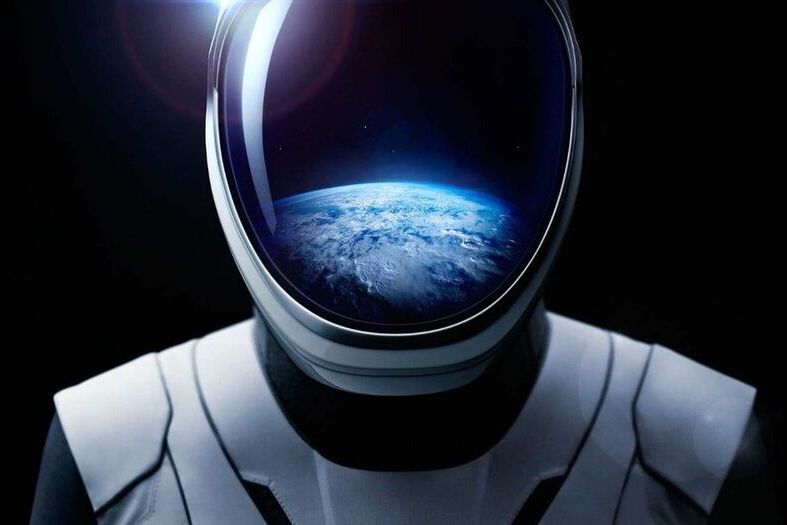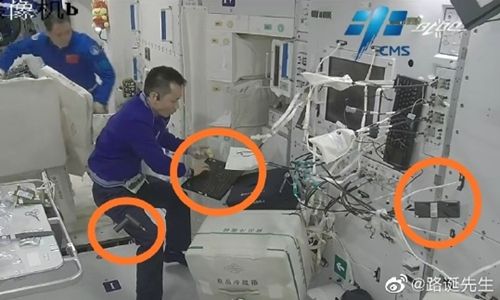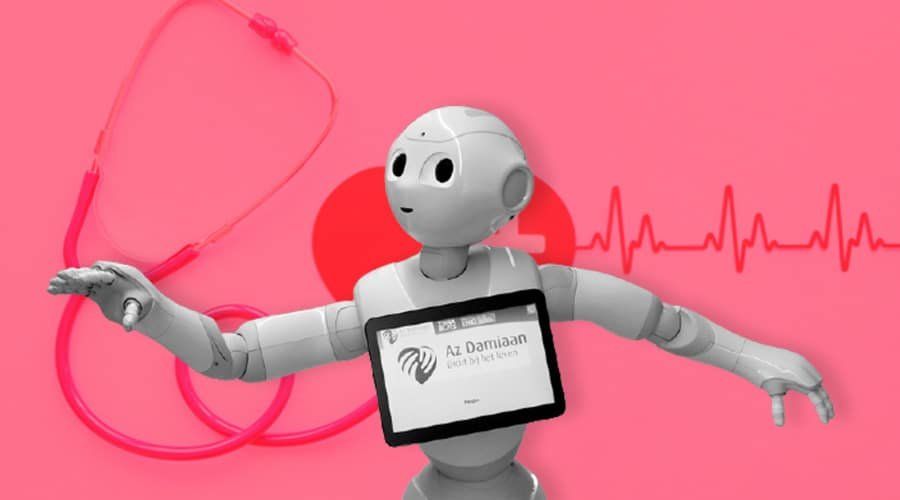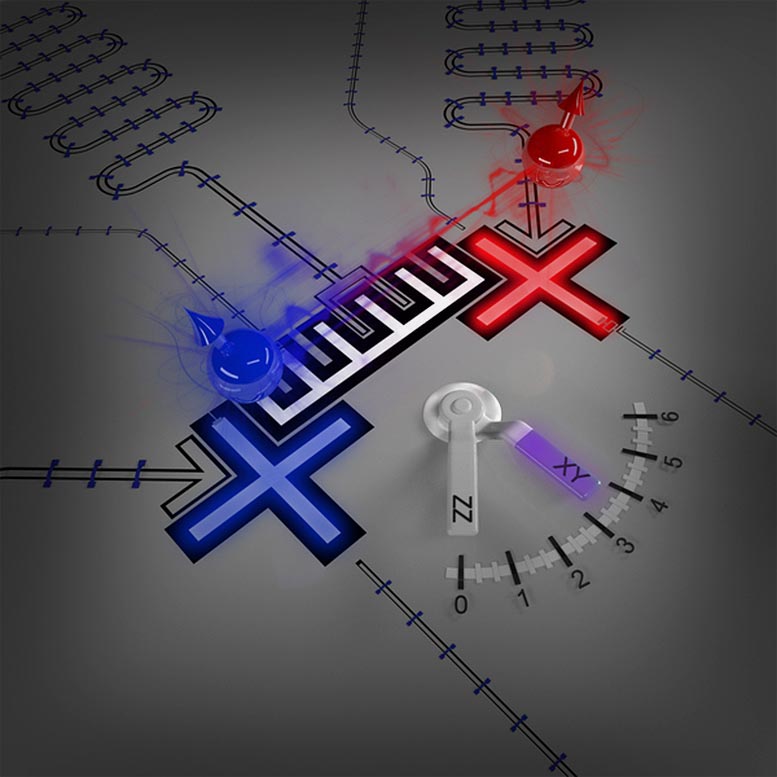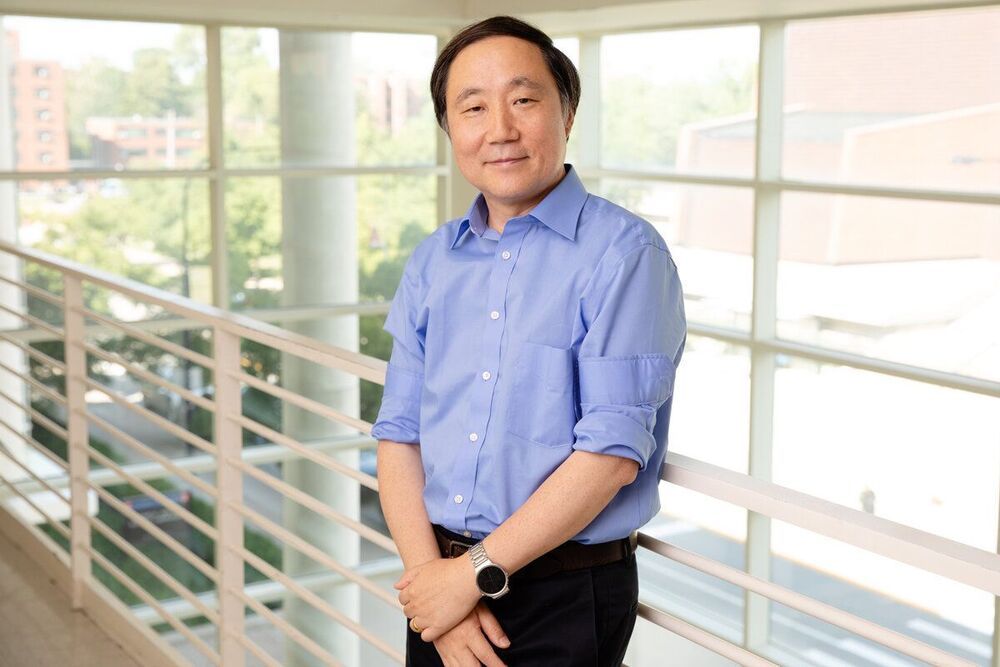The 2021 Space Renaissance Congress is going to kick-off today, June 26th, at 13:45 UTC!
5 days of intense discussion on the best strategy to bootstrap the Civilian Space Development before 2025.
* 2021 is seeing the development of the first fully reusable orbital vehicle.
* this milestone will make the space settlement possible, provided that the right decisions will be taken, during next years.
* supporting and facilitating the effort of the New Space industry.
* giving proper priority to some technology and science advance.
* to allow civilians to travel and live in space.
Our mission is to make Earthers aware of this urgency and priority.
